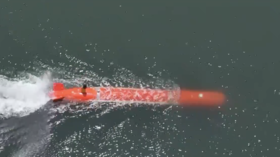Uranium diet: US nuclear power industry could face fuel shortage
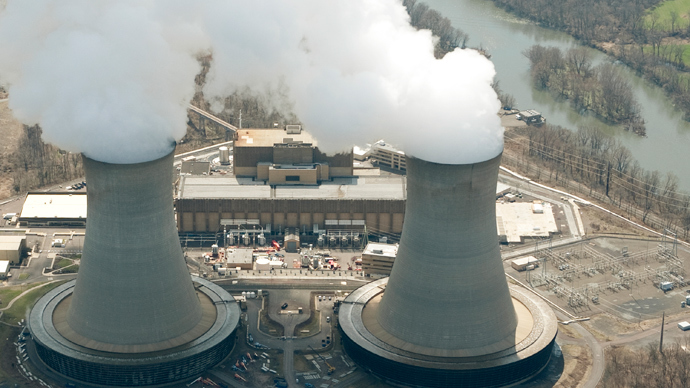
Russia has been supplying US nuclear power plants with fuel for a dumping price since 1995. But with the HEU-LEU agreement coming to an end, America’s nuclear power generation industry is likely to face a sharp fuel price surge and shortage.
The HEU-LEU agreement (Megatons to Megawatts Program) signed in 1993 supposed downblending of 500 tons of Soviet-made military grade highly enriched uranium (HEU) (equivalent to 20,000 nuclear warheads) into low-enriched uranium (LEU) to produce fuel for American nuclear power plants out of it.
The program supplied up to 40 percent of nuclear fuel for America’s 104 nuclear reactors (America’s 65 nuclear power plants generate over 19 percent of electric power in the country) and appeared to be extremely profitable. For example in 1993-2009, Russia raised a mere $8.8 billion by selling hundreds of tons of highly-enriched uranium (HEU), allegedly at a fixed price lower than enriched uranium production costs at the time.
Still, Russian state nuclear corporation Rosatom has put the money ($12 billion for the HEU-LEU agreement in total) to good use, investing in fundamental research and infrastructure, in particular into innovative uranium enrichment technology and fuel assembly fabrication.
Today Rosatom possesses cutting edge gaseous centrifuge enrichment industry concentrated at four facilities in Siberia and the Urals, making up to 40 percent of the world enrichment capacities.
The HEU-LEU agreement is due to end in November 2013 with the final contracted tons of nuclear fuel delivered to the American customer, United States Enrichment Corporation (USEC).
The US has the highest number of commercial nuclear power plants and is the biggest consumer of nuclear fuel in the world.
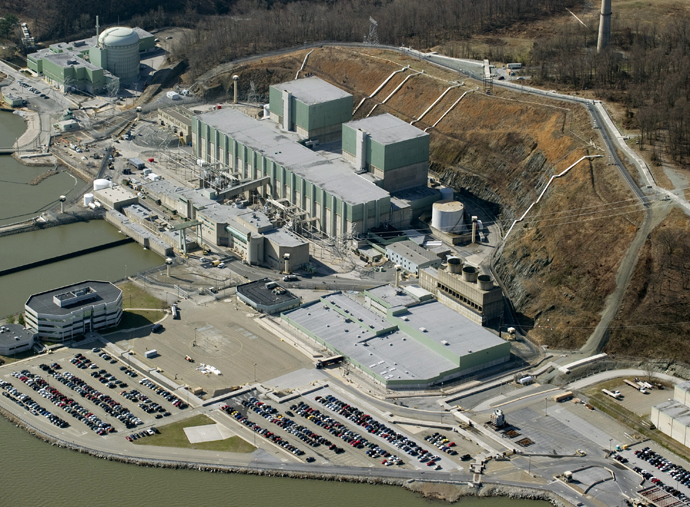
To meet the high internal consumption the US government has not only been buying uranium fuel from Russia, but also has been converting its own nuclear warheads into power plant fuel. In 1996, the US government declared 174.3 tons of military HEU as surplus and recycled it into LEU fuel.
The US stopped producing HEU back in 1964, when it reached the maximum of 30,000 nuclear warheads in its possession, while Russia ceased to produce it in 1988, when the USSR already possessed 44,000 nuclear warheads. For some time the USEC continued producing HEU for submarine nuclear reactors, but ceased this kind of production in 1992. Production of military-grade plutonium has also been stopped in both the US (in 1988) and Russia (in 1994).
Both France and the UK stopped HEU production in 1990s, with reportedly only two countries in the world, India and Pakistan, still producing it for internal military needs.
With an estimated 2,000 tons of highly-enriched uranium produced by all members of the ‘nuclear club’ ever, at least a third of the metal has already been recycled into fuel. Since no nuclear-capable country is willing to disarm altogether, the process of downblending is finite.
While Rosatom has been successfully developing in every direction over recent years, the USEC continues to rely on outdated and extremely costly gas-diffusion enrichment technology despite multibillion-dollar investments into infrastructure. The corporation’s gaseous centrifuge enrichment project at American Centrifuge Plant at Piketon, West Virginia, worth $3 billion, is suffering constant technical problems and is far from up-and-running at full capacity.
In 2012, the Russian Foreign Ministry announced that Moscow is not going to extend the so-called Nunn–Lugar program (Cooperative Threat Reduction [CTR] Program), within the framework of which the Megatons to Megawatts Program has been operating for national security reasons.
To keep up with the changes in 2011 USEC signed a contract with Russia’s TENEX for 10-year supply of low-enriched uranium starting in 2013. By 2015, the level of LEU supply to USEC is expected to reach half the original level of TENEX’s supplies. However, the quantities supplied under the new contract will come from Russia’s commercial enrichment activities, meaning the enriched uranium will be sold to the US for a considerably higher international market price. Of course, this could have an impact on internal US electric power generation and consumption.
Fast reactors and closed nuclear fuel cycle
Meanwhile, Russia is the only country that has developed industrial scale fast-neutron nuclear reactors, the so-called breeder reactor technology that enables to use a wider range of radioactive elements as nuclear fuel and - besides producing electric energy - generating more fissile material that can be used as nuclear fuel than it consumes. This brings us to the closed nuclear fuel cycle, a long-lasting dream of the nuclear energy industry that one day might come true.
With the BN-600 breeder reactor (600 megawatt) at Russia’s Beloyarskaya nuclear power plant running since 1980, the assembly of the next generation BN-800 breeder reactor (880 megawatts) at the same site is set to be finished by the end of 2013 and operational in September 2014.
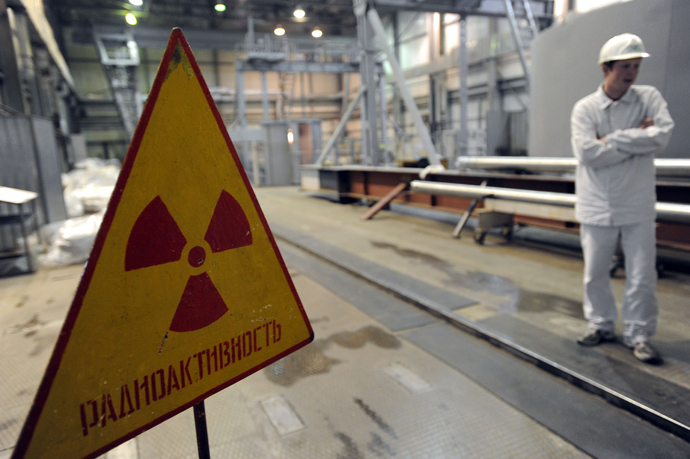
Russian physicists have already elaborated a next step for the revolutionary technology, a BN-1200 breeder reactor that is set to be assembled at Beloyarskaya nuclear power plant by 2020.
Overall eight BN-1200 breeder reactors are expected to be constructed by 2030, marking the dawn of a new era of nuclear energy power generation – a truly ‘green’ and ecologically secure closed nuclear fuel cycle.
Plutonium hunger
Space exploration and plutonium-238 are two things inexorably associated with each other.
Actually, all the information that humankind so far obtained from its lasting many years unmanned missions to Solar System’s planets is thanks to plutonium, as no other element can help maintain energy self-sustainability of a space vehicle better.
All spacecraft from Voyager 1 - which has become the first manmade object to reach interstellar space - right to the Curiosity rover currently exploring Mars, are fuelled by plutonium. Because solar panels are too big and energetically inefficient, a nuclear reactor is too heavy and complicated, chemical electric batteries that could last for years do not exist, so only radioisotope thermoelectric generators (RTG) using plutonium-238 as fuel are proven and reliable source of power in space.
But there is a peculiarity: Voyager 1 is still sending data using electricity generated from US-produced plutonium, while the Curiosity rover operates on watts generated from plutonium ‘made in Russia’.
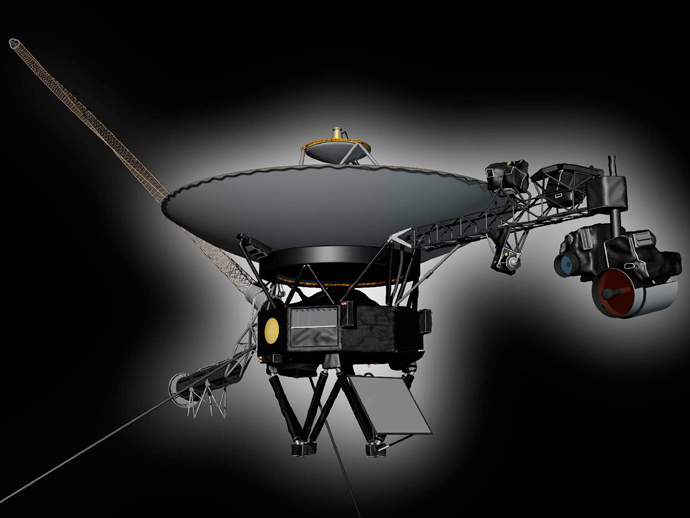
Over the last years NASA has been ringing alarm bells over not having enough plutonium-238 to power up its deep space exploration mission space crafts, because the US stopped plutonium production decades ago and cannot restore the technology anytime soon.
Unlike plutonium-239 that is used to make nuclear bombs and of which the US possesses hundreds of tons, its close isotope plutonium-238 is a much rarer element.
With nuclear disarmament gaining momentum after the end of the Cold War, the US stopped producing military grade plutonium in 1992, with Russia shutting down its last military reactor producing plutonium-239 in 2010. But only Russia maintained industrial production of various isotopes of plutonium.
NASA’s plutonium poverty is a long-lasting problem. The US space agency used to buy the necessary radioactive element from the sole planetary plutonium producer Russia for years, but starting from 2009, when Moscow demanded revision of the old contract and hiked the price, the US stopped buying plutonium from Russia.
The US agency currently has just about 16kg of Pu-238, which isn’t much. The Curiosity rover’s ‘atomic heart’ consists of an RTG with over 4kg of the precious radioactive element, reports The Wired. But for example launched in 2006 New Horizons probe bound to Pluto right now travels through space with 11kg of the nuclear material on board.
NASA admits it has plutonium enough only till the end of this decade, but a number of missions have already been shelved entirely due to the lack of Pu-238.
Besides that, many military satellites also run on plutonium. As recently as August 28 this year, a Delta IV heavy rocket launched from the Vandenberg Air Force Base in California delivered to orbit huge KH-11 intelligence satellite for the US National Reconnaissance Office. Even if this satellite has solar panels, as any military installation it must have a reserve power supply, most probably an RTG.
On the off chance the Pentagon has some secret plutonium stash, it wouldn’t last long, simply because the US stopped its own plutonium production in 1988.
On top of all plutonium-238 half life is only about 87.7 years (for other plutonium isotopes it could be thousands or millions of years), so the metal produced a quarter of a century ago has partly lost its energy potential already.
The US Atomic Energy Act forbids NASA from manufacturing plutonium-238 on its own, so starting from 2001 the space agency has been pressing the US authorities to restore Pu-238 production. The program estimated between $85 and $125 million is developing with a slow pace with financing of only $10 million in 2013.
The program would imply using two reactors, the High Flux Isotope Reactor at Oak Ridge National Laboratory in Tennessee and the Advanced Test Reactor west of Idaho Falls, and is supposed to deliver 1.5-2kg of plutonium annually starting from 2017.
But even that supply is not likely to satisfy NASA’s needs as
production of plutonium for a mission like the New Horizons would
take years, while there are more missions that cannot wait.
Ivan Fursov, RT
The statements, views and opinions expressed in this column are solely those of the author and do not necessarily represent those of RT.
The statements, views and opinions expressed in this column are solely those of the author and do not necessarily represent those of RT.








